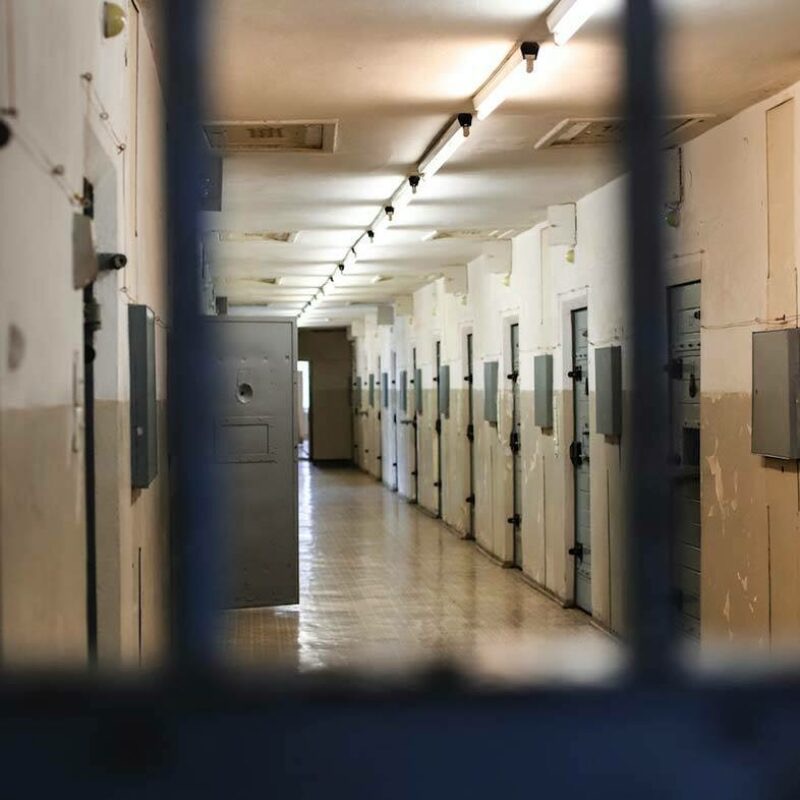The Issue with Solitary Confinement
The practice of solitary confinement directly undermines rehabilitation efforts and human rights agreements
October 18, 2022
A few minor crimes as a teenager, car theft, a string of robberies, a courtroom escape, and a seemingly evidence-less disputed murder of a corrections officer were enough for a jury to sentence Albert Woodfox to a life in prison. Woodfox, who passed away on August 4, 2022, was regarded as one of the “Angola 3,” a trio of men kept in solitary confinement at the Louisiana State Penitentiary for decades. After spending 43 years in a 6 by 9-foot jail cell for 23 hours a day, being subjected to archaic field work and sexual abuse at the hands of prison guards in his remaining hour, Woodfox was released in 2016 following a plea deal. However, his many decades of isolation left him permanently scarred. In an interview with the New York Times, Woodfox recalls having “to relearn how to walk down stairs, how to walk without leg irons, how to sit without being shackled,” and work past the intense claustrophobia imbued upon him by the inhumane accommodations of his incarceration. Solitary confinement may be temporary, but its effects can last forever, detracting from the purpose of rehabilitation that prisons supposedly strive to achieve.
Solitary confinement, more commonly known as “restrictive housing” in the field of corrections, is defined by the United Nations as the imprisonment of individuals for more than 22 hours per day without meaningful human contact for 15 or more consecutive days. The United Nations Standard Minimum Rules for the Treatment of Prisoners stipulate that a violation of these guidelines, especially when involving incarcerated juveniles, pregnant felons, or disabled convicts, infringes on the dignity and rights of human beings. Though not legally binding, these rules are a general representation of international human rights agreements. However, a recent study from Yale Law School found that in the United States, between 41,000 and 48,000 incarcerated individuals are kept in restrictive housing at lengths in violation of these guidelines. Within this population, the Yale Law study estimates that about 6,000 individuals have been in restrictive housing for over one year, with one-sixth of those having been isolated for over a decade. Despite its prevalence in the United States, confinement acts against the most crucial purposes of the prison system: protecting society and rehabilitating offenders.
The Yale Law study estimates that about 6,000 individuals have been in restrictive housing for over one year, with one-sixth of those having been isolated for over a decade.
Although solitary confinement was largely instituted in the 1980s to prevent violence in prisons, the effect it has had on prisoners is catastrophic. According to research from Medical News Today, the use of restrictive housing often worsens existing mental health issues of prisoners, causing anxiety, depression, and anger issues among a plethora of other mental health-related issues. It can also pose a detriment to the physical health of prisoners; inmates in solitary confinement often face chronic headaches, joint pain, and fatigue. In turn, these issues often contribute to the re-entry of these individuals into the prison system upon release—a concept known as recidivism. In the United States, about 50-60% of incarcerated individuals re-enter the prison system as a result of repeat offenses or other crimes. According to a study from Cornell University, placing individuals in restrictive housing can increase the rates of recidivism by up to 15%. With an already over-stressed prison system afflicted by overcrowding, poor conditions, and inhumane treatment, restrictive housing only increases the chances of convicted felons returning to the prison system. As an alternative, the ACLU of New York City says that instead of solitary confinement, prisons should implement a system of rigid training, limitations, mental and physical enrichment, and maintaining records of solitary confinement to protect vulnerable communities and encourage rehabilitation while simultaneously preventing violence in and out of prisons.
California’s state legislature recently passed legislation regarding restrictive housing that falls within the UN’s rules and the NYCLU’s guidelines for what housing within prisons should look like in order to facilitate a healthier, more productive prison system within our state. But it isn’t enough. Prisons around the nation currently serve as a revolving door for inmates who exit and re-enter, getting caught in a malicious cycle of being destroyed by allegedly “rehabilitative” practices like restrictive housing. The Eighth Amendment states that we may never inflict “cruel or unusual punishment” upon our constituents regardless of their crime, yet as a nation we seem to neglect such legislation when it comes to the treatment of the incarcerated. Despite the political tumult that surrounds the criminal justice system, it’s time to stop reneging on the standards that we as a nation have set for ourselves—legislation on the national scale is necessary to even begin the process of righting the injustices within our justice system.
